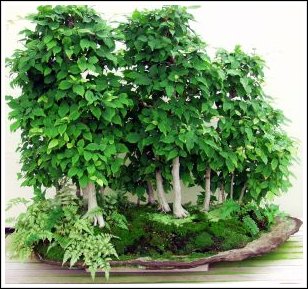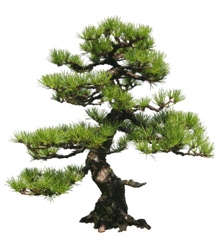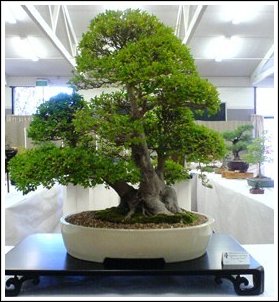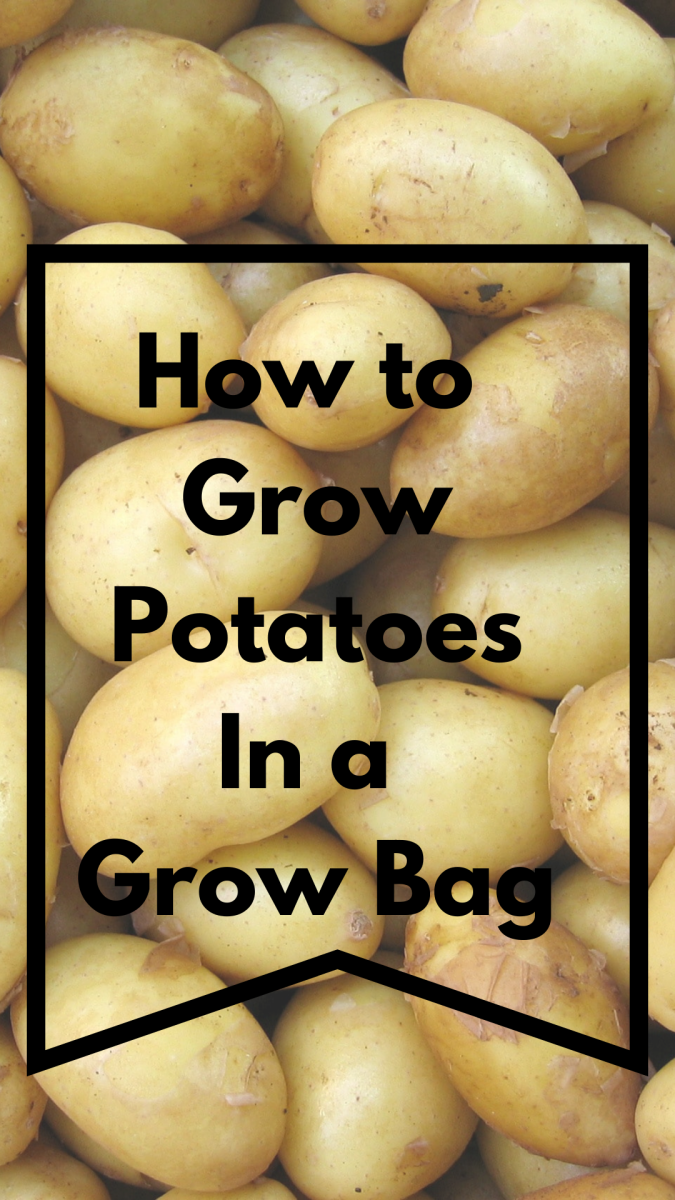History and Art of Bonsai



In China, over a thousand years ago, a practice of growing trees in pots took root. Initially it was called pun-sai, which later evolved into bonsai. In the beginning these early attempts were barely recognizable as what the art has become today. Sparse foliage and gnarled trunks often resembled animals, dragons and birds, on purpose. It was the intention of Chinese bonsai to create imagery of fiery dragons or coiled serpents which were an integral part of Chinese myths and legends.
Many Chinese customs migrated to Japan and the art of bonsai was one of them, probably by Zen Buddhists who had adopted the practice and were rapidly spreading their religion throughout Asia. The exact time is not certain, but it is thought to be around AD 1195.
Japan refined the art to where the trees were not just hallmarks of Buddhist monks and monasteries, but representative of aristocracy and socially elite. Japanese, bonsai became a merging of ancient Eastern philosophies and harmony between man and nature and much more refined than their Chinese counterparts.



Today, Chinese, Koreans, and Vietnamese have their own methods for creating miniature tree sculptures. The Japanese form however, has its’ own distinct characteristics and the word “bonsai” implies they are meant to be grown in trays. To put it simply, it is a tree planted in a small container. With correct wiring and pruning, trees can be made to grow in miniature sizes. However, bonsai takes a lot of patience and perseverance but the final results are well worth the effort.
The first thing to know is bonsai trees are categorized as indoors or outdoors. For indoor bonsai types it is best to select trees suited to tropical and subtropical climates. Trees such as the Fukien Tea Tree, Fig Tree, Serissa and Chinese Elms are best suited for indoors. Outdoor bonsai can be either evergreen or deciduous. It’s important to protect them from cold weather. These would include such trees as Junipers, Oaks, Olives, Pines, Cedars and Spruce.
As you can see bonsai comes in many varieties. They are also classified by size:
- Shito: height of 5cm or under.
- Mame: height ranging from 5cm to 7cm.
- Shohin: height up to 20cm in height.
- Kifu: height ranging from 20cm to 40cm.
- Chu: height ranging from 40cm to 60cm.
- Dai: height greater than 60cm.


It should be noted here, indoor bonsai trees need to be supplemented with artificial lights in addition to natural sunlight.It’s also important to know the proper techniques to create a good bonsai tree. You will need a good basic handbook.
Bonsai can also be classified by the style in which they are grown. Over time, bonsai began taking on many different styles. For example some bonsai artists introduce other elements such as rocks, supplementary and accent plants. Or even miniature buildings and people, an art known as bon-kei.
The most common styles are:
- Formal Upright Style and Informal Upright Style
- Cascade and Semi-Cascade Styles
- Root over rock style
- Forest style and Literati Style.
Beginning bonsai requires removal of all but the most important parts of a plant. It symbolizes the simplicity of ancient Japanese philosophy.
It was in the mid 1800s when the rest of the world learned about Japanese miniature, dwarf trees. It soon expanded into an international industry. This resulted in a lack of naturally formed, stunted plants which led to their commercial production by bonsai artists. They “taught” young plants to grow to look like bonsai. This was done by using wire, bamboo skewers and special growing techniques. The Japanese quickly capitalized on this art form and opened nurseries specifically designed to grow them. Different plants were now being cultivated for different climates. New techniques such as raising trees from seed or cuttings and methodical grafting procedures were further developed.
Although there are many styles for bonsai, there is no reason to stick to the traditional. You could create your own unique style.
For more information on this intriguing hobby visit: /http://www.thebonsaihub.com





